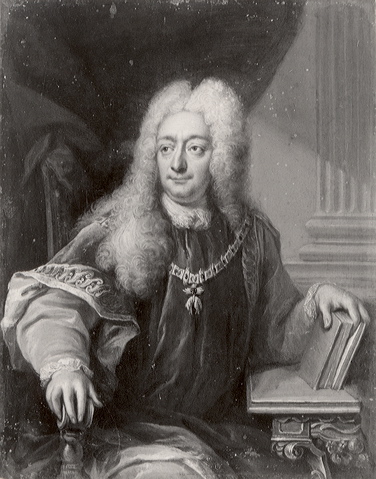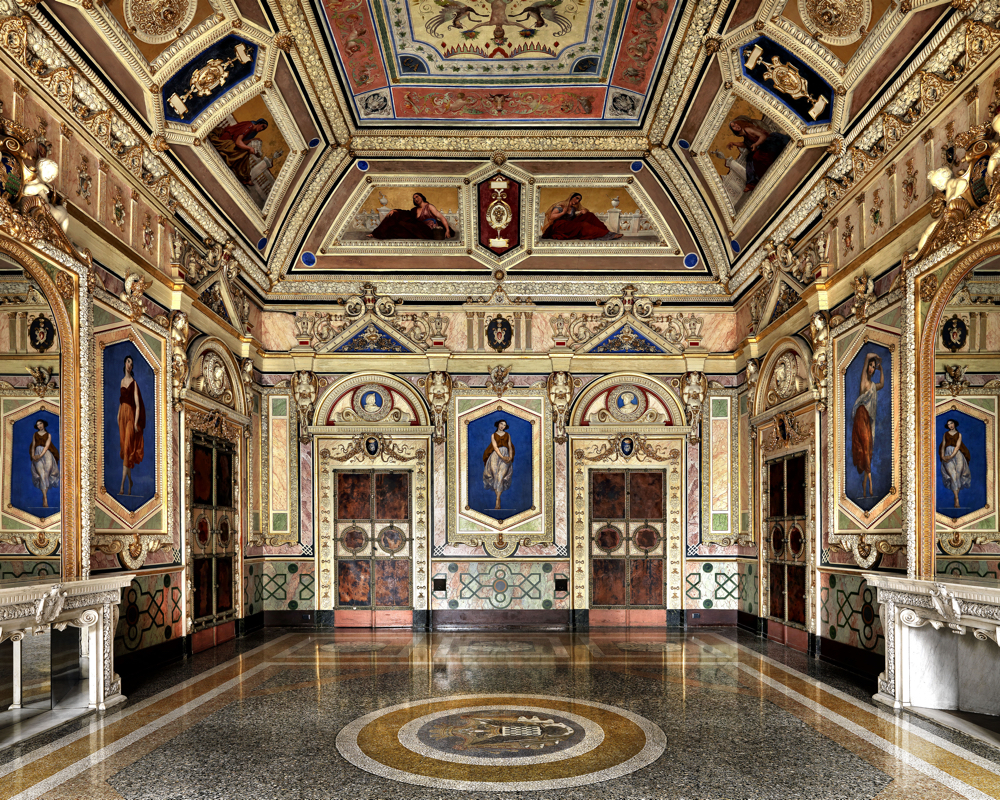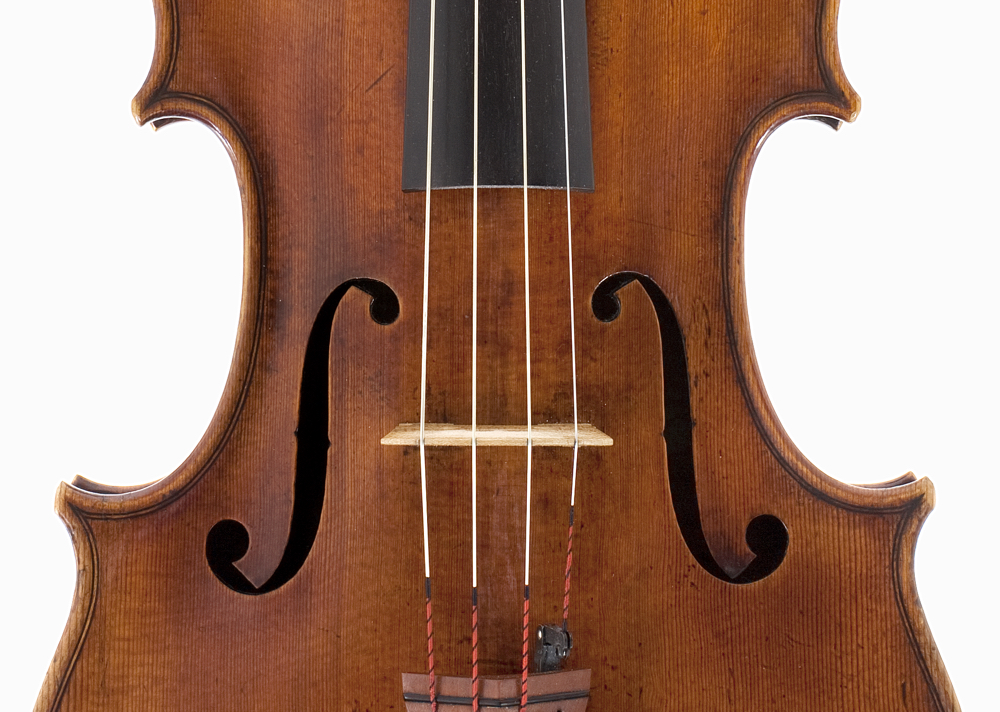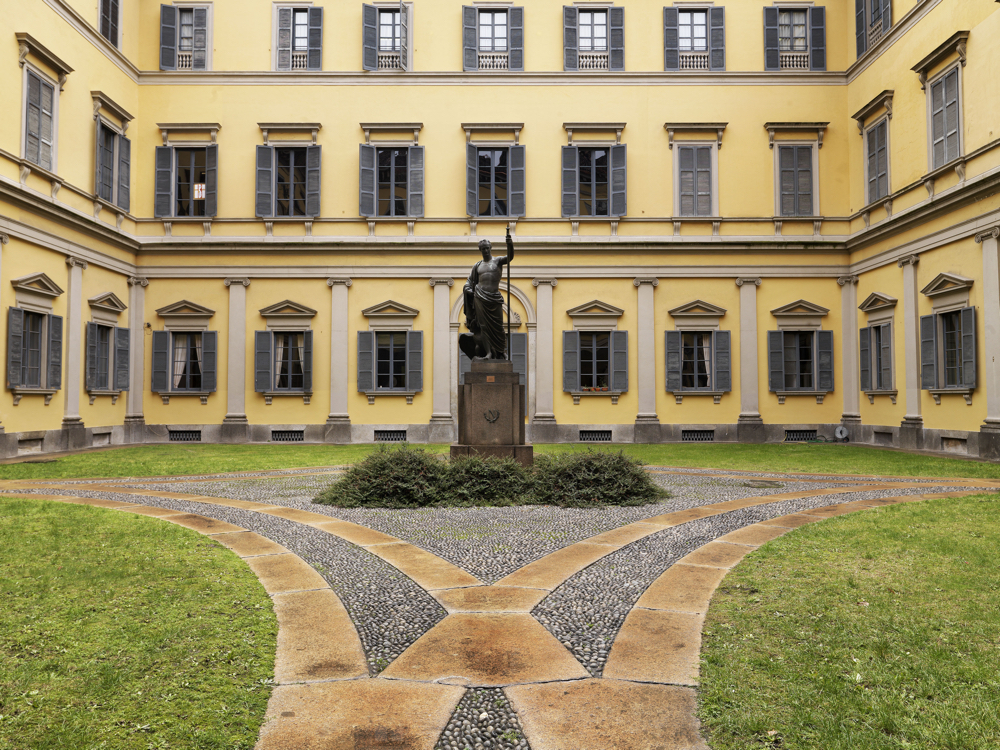The name Archinto is well known in the world of fine instruments, thanks to the famous Stradivari quartet owned by Count Giuseppe Archinto (1783–1861).

Carlo Archinto III, great-grandfather of Giuseppe, was both an intellectual and a courtier
For many years the Archinto family was among the most wealthy and distinguished in Milan, having achieved social recognition and economic prosperity during the Spanish dominion of Italy between the 14th and 18th centuries. Many family members held important offices in the army, church, law and public administration. Giuseppe’s great-grandfather Carlo III (c. 1670–1732), for instance, had studied philosophy and mathematics in Munich and was a patron of the arts. He was appointed as chamberlain by the Emperor Leopold I and was awarded the illustrious Ordre de la Toison d’Or (Order of the Golden Fleece) by King Philip V of Spain in 1700. When Italy was subsequently conquered by the Austrian Empire, the Archinto family successfully adapted to the new circumstances and Giuseppe’s grandfather Filippo (1697–1751) became the secretary and personal advisor of Queen Maria Theresa. Giuseppe, for his part, studied in Vienna and was a loyal supporter of the Austrian Emperor Ferdinand I.
When Giuseppe, as the first-born son, inherited his father Luigi’s estate in 1821, he became one of the richest men in Milan. He was a sophisticated collector who surrounded himself with rare works of art, jewels, engravings and musical instruments. No longer satisfied with the accommodation provided by the monumental palace in Via Olmetto, where his family had resided for centuries, Giuseppe decided in 1833 to build a more appropriate mansion for himself and his wife, Maria Cristina.
The result after four years of work was a gigantic building in Via della Passione, with hundreds of rooms, 250 windows, three courtyards, an English park with a lake and a river, and a private chapel. It was luxuriously decorated by French artists, and Archinto’s initials and coat of arms are still visible throughout the palace, from door handles to mantelpieces. Giuseppe clearly desired to impress his guests and Stradivari’s quartet must have been played in this splendid environment.
Giuseppe was born in Cremona and, probably for this reason, was an admirer of the Cremonese violin makers in general and of Stradivari in particular. He was a keen musician and studied with the composer Alessandro Rolla, who is said to have dedicated some of his duets for violin and viola to Giuseppe. [1]

The ‘sala delle ballerine’ in the palazzo built by Giuseppe Archinto – perhaps the viola was played here. Photo: Massimo Listri
Of the four Stradivari instruments owned by Giuseppe Archinto, three have survived: a cello from 1689, a viola from 1696 and a violin from 1721. All three still carry his family name. The fourth instrument, a violin from 1696, has since disappeared.
The ‘Archinto’ viola is one of only ten complete violas made by Stradivari that are still in existence and it is without doubt one of the finest. It is one of two exquisite violas from 1696, the other being the ‘Spanish Court’. The ‘Archinto’ in particular shows a harmonious blend of elements from his earlier work as well as a glimpse of the golden period soon to come. The Hills pointed this out in their 1902 book, although they attributed the dexterity of the young Antonio to the influence of Nicolò Amati, who at the time was considered to have been his master: ‘…the neat edge and graceful purfling […] reflect Amati’s teaching. The head and sound-holes remain distinctly Stradivarian.’ [2]
The ‘Archinto’ is a contralto viola – smaller than Stradivari’s tenor viola and built on the ‘CV’ (contralto viola) model, which he designed in 1690 and still survives. With a body length of 41.35 cm, it resembles later models such as the c. 1719 ‘MacDonald’ (41.1 cm), the 1727 ‘Cassavetti’ (41.2 cm) and the 1734 ‘Gibson, St Senoch’ (41.15 cm). The earliest viola built from this ‘CV’ form is the contralto ‘Medici, Tuscan’ of 1690, which is only 0.5 cm longer than the ‘Archinto’, and Stradivari went on to use this form for almost all his violas. The only surviving exceptions are the 1672 ‘Gustav Mahler’ and the 1690 tenor ‘Medici, Tuscan’. (For a discussion of Stradivari’s development of the viola form, see John Dilworth’s two-part feature.)
Both Simone Ferdinando Sacconi [3] and later Stewart Pollens [4] have provided a detailed analysis of the equipment used for the construction of the viola. Unusually, Stradivari did not use walnut wood for the ‘CV’ viola mould but rather willow. [5] Between the upper bouts is an inscription that appears to be in Stradivari’s handwriting, confirming the Medicean commission of the work – through Grand Prince Ferdinando de’ Medici – and its production date: ‘1690 / Forma nova per il [illegible] Fatta / Ha Posta per Il ser.mo Gran Principo / Di Fiorenza’ (1690, New form for the [contralto] made especially for the Serene Grand Prince of Florence). There is a second inscription between the lower bouts but, while Sacconi [6] was convinced that it had been written by Cozio, Pollens [7] noticed that it is similar to the one on the mould ‘TV’ for the tenor viola ‘Medici, Tuscan’ from 1690, which did not appear in the picture reproduced in the Hill’s book from 1902. Therefore it must have been added in the 20th century.
The positioning template for the beautifully shaped f-holes has also survived, marked with a letter indicating the mould for which it was intended. [8] Stradivari has inscribed it as follows: ‘Misura Giusta per li occhi Del Contralto fatte / Ha Posta per Il Gran Principe di Toscana Adi 4 ottob 1690 / CV’ (Correct measure for the eyes of the contralto made especially for the Grand Prince of Tuscany, A.D. 4 October 1690, CV). This f-hole template is exhibited at the Museo del Violino in Cremona and listed in its catalog together with the neck and scroll pattern and the ‘CV’ mould. [9]


